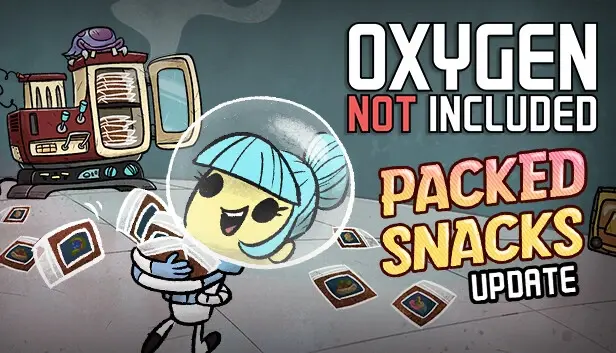

According to FlightStats and FlightRadar24, the original plane was a Boeing 777-206 from 2003, which has been replaced by a 777-300 from 2023. It’s en route now over the Atlantic.
So an issue caused by Boeing’s recent series of quality problems seems unlikely, unless there was a dodgy spare part involved.






Garmin Explore has a bit of a learning curve but offers a variety of very good maps and (once you’ve discovered where the web developers have hidden them) tons of nifty features. One of them is waypoints: you stick a flag somewhere and can give it a name, icon and colour. That sounds like the thing you’re looking for.
The downside is that it’s made for outdoor stuff so you get street names and some POIs, but no turn-by-turn navigation.
I use the website (https://explore.garmin.com/) to plan my tours and import/manage GPX files, and the Android app and an inReach 2 Mini satellite messenger while underway. The three sync seamlessly.
Since I have a paid subscription (required for satellite access) I can’t tell you what (if anything) you get for free, but it should be relatively easy to find out if you think it might be what you’re looking for.
For car navigation I used TomTom Go - it costs something but the quality of POIs and navigation is far superior to Google Maps in my experience. You can also add your own locations but have to do it on the phone by hand.
In my new car I use Google Maps because it came with the car and there’s no real alternative at the moment. I do miss my TomTom app.